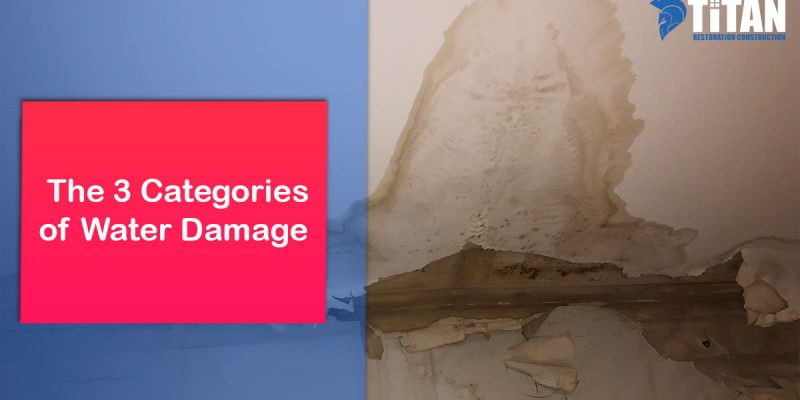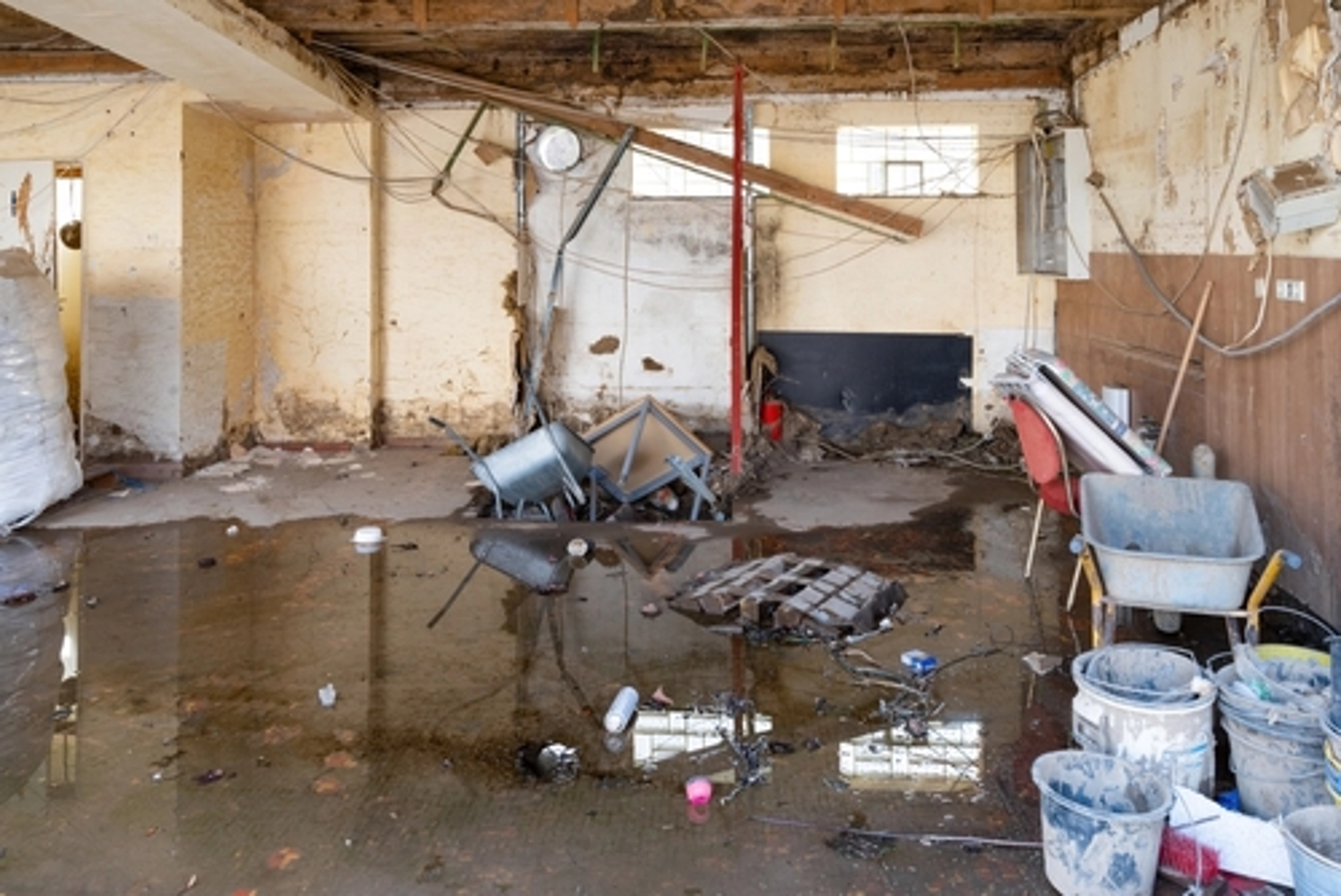Affordable Water Damage Repair Services for Every Homeowner in Need
Wiki Article
The Refine of Water Damage Clean-up: Guaranteeing Your Home Is Brought Back Properly
Water damage can be a complicated challenge for homeowners, demanding a precise and organized cleaning process to restore safety and capability. damage restoration services. Following this, efficient water removal strategies play a critical role in reducing additional harm.Assessing the Damage
Upon uncovering water damages, the primary step is to thoroughly evaluate the level of the effect. This initial analysis is critical, as it aids figure out the essential steps for effective clean-up and restoration. Begin by examining the influenced locations, consisting of wall surfaces, ceilings, floorings, and personal items, to identify the source of the water intrusion, whether from flooding, leakages, or condensation.Recording the damage is crucial for both insurance policy cases and intending remediation initiatives - damage restoration services. Use photographs and created notes to capture the intensity of the damages, noting any kind of afflicted structural aspects and products. Pay special attention to areas that might not be quickly visible, such as behind walls and under carpetings, as hidden moisture can cause further problems, consisting of mold and mildew development
In addition, examine the timeline of the water direct exposure. The longer the products stay wet, the greater the possibility for damage. Comprehending the duration of direct exposure will certainly inform the seriousness of removal initiatives. Inevitably, a thorough assessment lays the foundation for an effective water damage cleaning process, ensuring that all affected locations are resolved efficiently and completely.
Water Removal Techniques

Specialists typically utilize submersible pumps for bigger volumes of water, which can swiftly alleviate flooding in basements or various other affected areas. For smaller amounts, wet/dry vacuums are often used to draw out residual dampness from rugs and difficult surfaces. Furthermore, utilizing portable extractors permits targeted elimination in constrained rooms or locations with delicate materials.
In circumstances of infected water, such as sewage or floodwater, progressed extraction techniques may include making use of biohazard devices to ensure safety and security and conformity with health guidelines. High-powered removal devices are crucial in lessening water retention in structural products, which can cause mold development and architectural wear and tear if not attended to without delay.
Inevitably, the performance of water extraction methods plays an essential role in the overall success of the water damages cleanup procedure, laying the foundation for subsequent repair initiatives.
Drying and Dehumidification
Once standing water has been effectively extracted, the next critical phase in the water damages cleaning process is drying out and dehumidification. This action is necessary to stop more damages and mold and mildew growth, which can take place within 24 to 48 hours in moist environments.To achieve efficient drying out, customized devices such as industrial-grade air moving companies and dehumidifiers is employed. Air moving companies circulate air throughout damp surface areas, boosting evaporation prices, while dehumidifiers reduce humidity degrees airborne, promoting a favorable environment for drying out. The combination of these tools makes certain that dampness is drawn out from floors, furnishings, and wall surfaces, allowing them to completely dry extensively.
It is necessary to keep track of the drying out process closely. Professionals often make use of wetness meters to assess the moisture web content in various materials, making sure that all impacted areas reach acceptable dry skin levels. This meticulous technique assists to stop covert dampness pockets that might bring about architectural damage or unhealthy mold and mildew development.

Cleaning and Sterilizing
After the drying and dehumidification phase is full, the next crucial action in water damages clean-up is cleaning and disinfecting the influenced areas. This process is crucial to protect against the development of mold and mildew, microorganisms, and other pathogens that grow in moist environments.The cleaning stage typically entails eliminating any kind of debris, dirt, and contaminants from surfaces using specialized cleansing representatives. For hard surfaces, a combination of soap and water or commercial cleansing products is usually utilized. Soft products, such as furniture and carpets, might call for much more considerable cleansing techniques, including steam cleaning or deep extraction strategies, to guarantee comprehensive sanitation.

Disinfecting adheres to cleaning, making use of EPA-approved disinfectants to eliminate dangerous bacteria. This step is important, particularly in locations that may have entered into contact with floodwaters or sewer, as these sources can present severe health and wellness threats.
Additionally, it is essential to deal with any kind of remaining smells, which may need making use of smell neutralizers or advanced methods like ozone therapy. Correct cleaning and disinfecting not only bring back the security and hygiene of your home however also lay the groundwork for successful restoration and fixings in succeeding stages of the water damages cleaning procedure.
Remediation and Repairs

Once the evaluation is complete, reconstruction initiatives can start. Furthermore, flooring may water mitigation company need similar interest, depending on the level of water direct exposure.
It is essential to engage seasoned remediation professionals during this procedure, as they possess the know-how to handle intricate repair work successfully. They can help minimize possible future issues, such as mold development or structural instability, therefore making sure a risk-free and habitable living atmosphere. Ultimately, efficient reconstruction and repair work restore the home's honesty and improve its general value.
Final Thought
In final thought, the process of water damage clean-up is important for recovering a home to its pre-damage problem. Each phase, from examining the damage to implementing efficient water removal methods, followed by comprehensive drying, sanitizing, and necessary repair work, plays a crucial role in guaranteeing safety and conformity with structure requirements. Effective implementation of these actions not only reduces immediate damages yet additionally boosts the long-lasting integrity and worth of the residential or commercial property.Water damage can be a daunting difficulty for homeowners, requiring a organized and thorough clean-up procedure to recover security and capability. Eventually, a comprehensive evaluation lays the foundation for a successful water damage clean-up procedure, making sure that all affected areas are attended to effectively and completely.
Reliable water removal techniques are vital in mitigating damage and stopping more complications complying with a water intrusion event.In conclusion, the process of water damage clean-up is essential for restoring a home to its pre-damage condition. Each phase, from examining the damages to applying reliable water extraction techniques, followed by thorough drying, sterilizing, and needed fixings, plays an important function in guaranteeing security and compliance with building requirements.
Report this wiki page